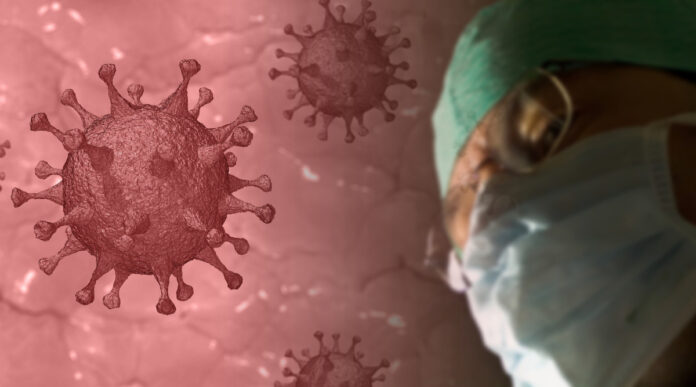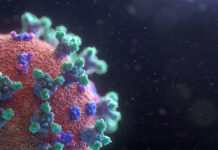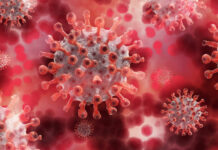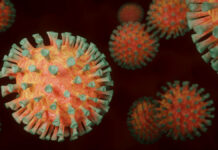In the past week, the United States exceeded 20 million cases of COVID-19 and 350,000 deaths caused by the coronavirus.
Some are predicting another 150,000 deaths in January, due in part to holiday travel, holiday gatherings, and the emergency of a new strain of virus that is supposedly more contagious and easier to catch. That would push the total to 500,000.
There are also reportedly 12 million doses of the vaccine out there, but only 3 million people have actually received the vaccine. Why so few? For a number of reasons, including first responders and medical personnel who refuse to be vaccinated. A more common problem appears to be bureaucratic snafus at the local level as state governments and county health departments cannot come up with an effective mass-vaccination plan. It seems that the rationing of vaccine doses is limiting the number of people vaccination and causing some doses to be unused or wasted.
In Florida, anyone age 65 or older is eligible for the vaccine. The trick is finding somewhere that will give it to you.
Once again, private companies like CVS and Walgreens, which are coordinating vaccination at many nursing homes, are well ahead of the public sector, providing a higher percentage of vaccinations to nursing home patients faster than doctors, nurses and first responders are getting the shots.
After health care workers, first responders and nursing home residents, the next segment of the population to get shots is 49 million people working essential jobs and the elderly. Even if only half want the vaccine, that’s 25 million people. Let’s hope they iron out the bugs in the system by then.
Vaccine Effectiveness Takes a Month
Because it takes the body time to react to the vaccine and build antibodies, the vaccine does not provide immediate protection. As a result, it is possible to get COVID-19 after the first vaccination, especially if people let their guard down. Three weeks after getting the shot, the vaccine offers only 50 percent protection, meaning it cuts your chance of being infected in half. A week after getting the second shot, that raises to the 95 percent effective rate promised in the clinical trial results. So it takes four full weeks to enjoy the maximum protection.
Will the protection last for years or even decades? Time will tell. But as we’ve said before, we don’t think we’ll see the end of COVID-19 in 2021.
Global Data
As you can see in the table below, the UK continues to struggle with its cases, possibly as a result of the new strain. If this strain really is more transferrable and easier to catch, then we should see numbers slowly rise around the world as it has already spread to a number of countries.
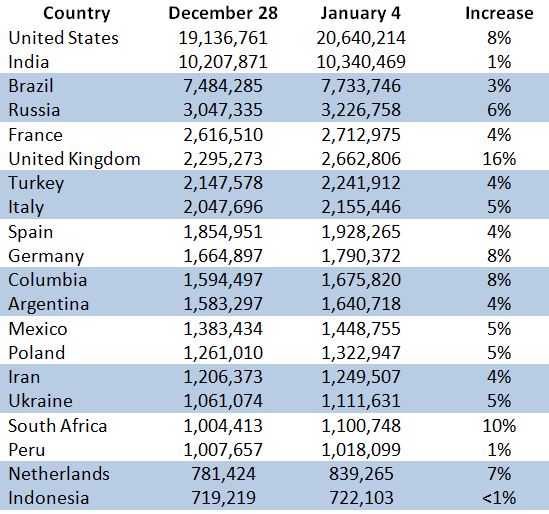
In the chart above, South Africa, which is showing 10 percent growth over the course of the week, pulled ahead of Peru. There were no other changes in the order, but the UK is showing the highest growth at 16 percent.
The top 20 countries account for 67.6 million of the 85.2 million global cases, or about 80 percent of the reported global cases. The U.S. alone accounts for 24 percent of global cases. Global deaths have climbed to 1.845 million.
If you found this article interesting, you might like to read last week’s report.

